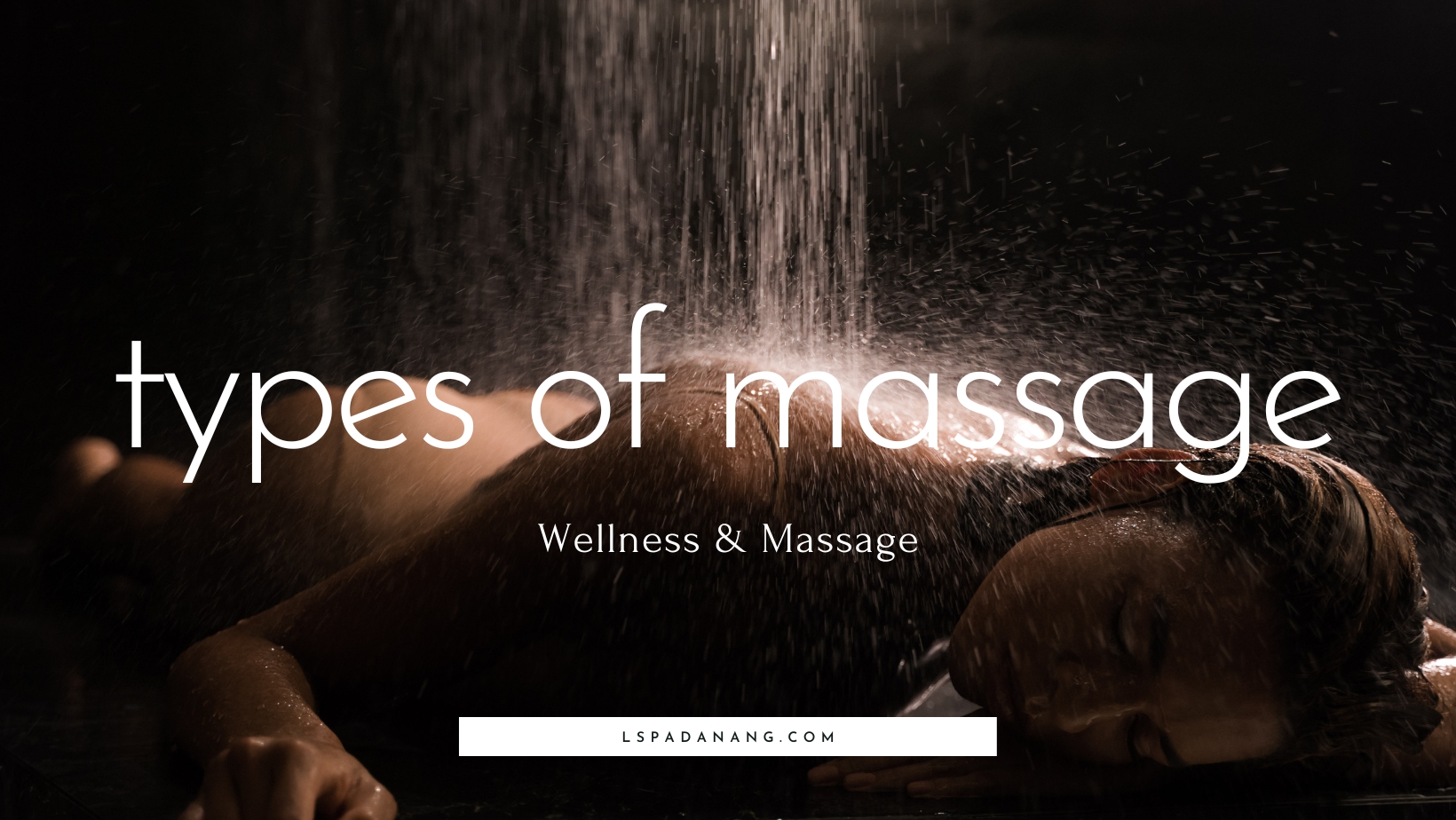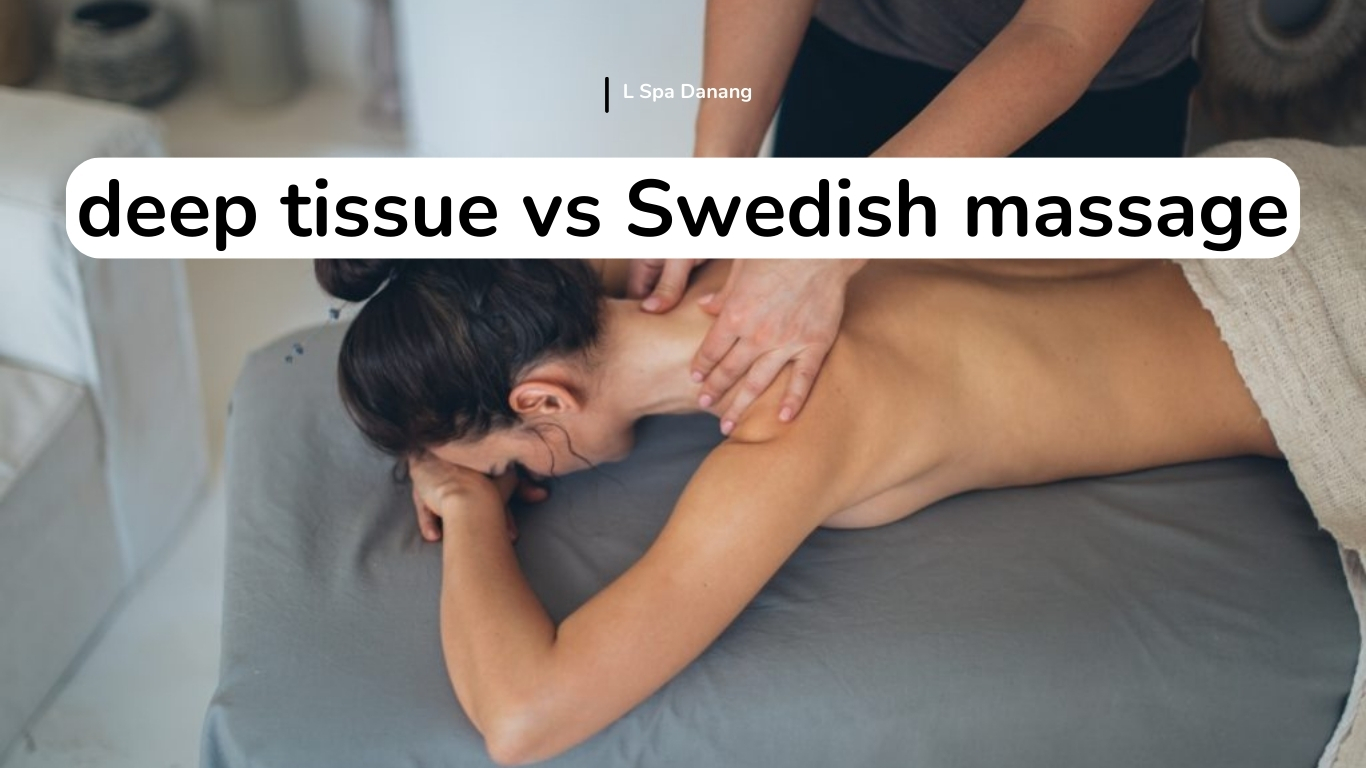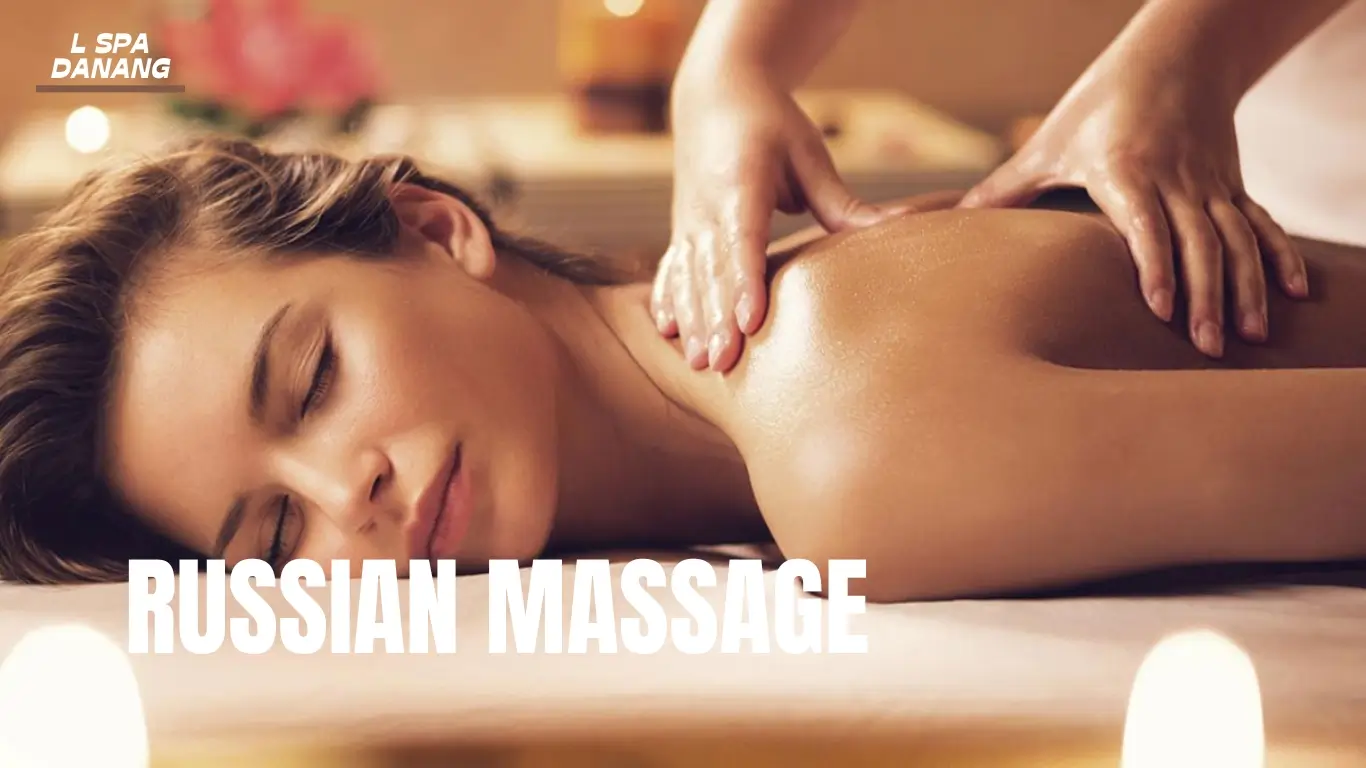Lower back pain is a common ailment that affects millions of people worldwide. Whether it’s caused by poor posture, muscle strain, or a specific medical condition, the discomfort can significantly impact one’s quality of life. Fortunately, massage therapy has emerged as a popular and effective solution for alleviating lower back pain. In this comprehensive guide, we will explore the benefits of lower back massage, different techniques and styles, safety precautions, self-massage techniques, and much more. So, let’s dive into the world of lower back massage and discover the path to pain-free living.

1. What is Lower Back Massage?
Lower back pain is a pervasive issue that affects people of all ages and lifestyles. It can result from various factors such as sedentary work, muscle imbalances, poor posture, injuries, or degenerative conditions like herniated discs or spinal stenosis. The discomfort experienced in the lower back region can range from mild to severe, leading to restricted movement, difficulty in performing daily activities, and a decreased sense of well-being.
Lower back massage focuses on a range of muscles including the latissimus dorsi, quadratus lumborum, and the erector spinae, located around the lower half of the spine. Pain in the lower back can be caused by many different reasons. The main reason for lower back pain includes muscle tightness. A lower back massage helps warm up muscles and increase blood and lymphatic circulation, encouraging more healthy nutrients to be passed around the body and more toxins to be removed. A lower back massage uses a variety of different techniques to help treat a range of injuries.
2. Understanding Lower Back Pain
To effectively address lower back pain, it is essential to understand its underlying causes and associated risk factors. While muscle strain and poor posture are common culprits, several conditions can contribute to lower back pain. These may include herniated discs, sciatica, osteoarthritis, muscle spasms, and even stress or emotional tension. By identifying the root causes, both massage therapists and individuals seeking relief can tailor their approach accordingly.
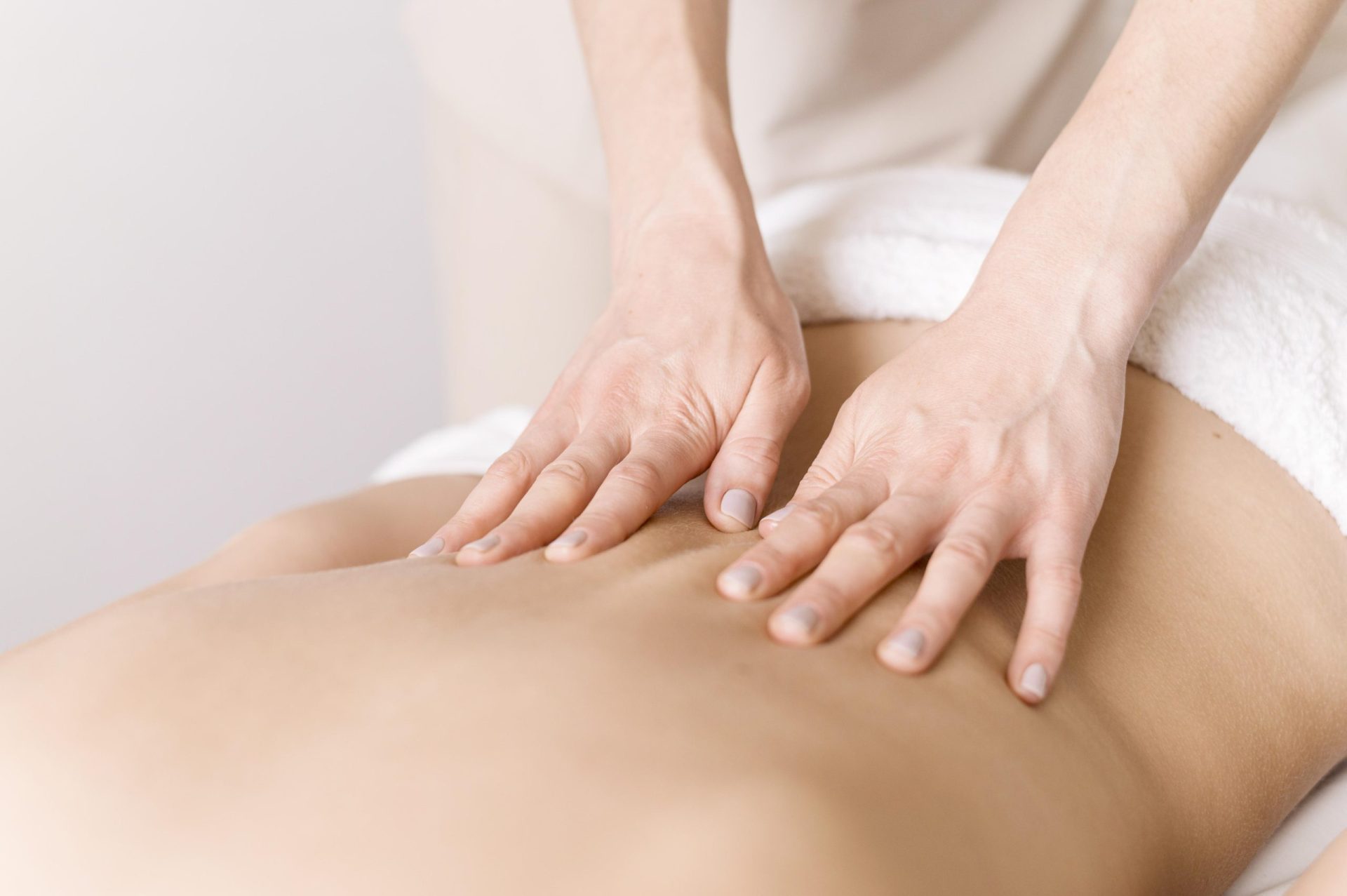
Massage therapy has gained recognition as a valuable approach to managing and reducing lower back pain. With its ability to alleviate muscle tension, improve blood circulation, and promote relaxation, massage offers a holistic solution for individuals seeking relief from their persistent lower back discomfort. In the following sections, we will explore the benefits, techniques, precautions, and self-massage strategies associated with lower back massage.
3. Benefits of Massage for Lower Back Pain
Massage therapy offers a range of benefits for individuals suffering from lower back pain. Beyond the immediate relief provided during a massage session, regular sessions can lead to cumulative advantages. The physical manipulation of muscles and soft tissues helps to improve blood flow, reduce muscle tension, enhance flexibility, and stimulate the release of endorphins—natural pain-relieving hormones. Scientific studies demonstrate the positive impact of massage therapy on reducing inflammation and improving sleep quality, and overall well-being.
4. Different Techniques and Styles of Lower Back Massage
Massage therapists employ various techniques and styles to address lower back pain effectively. Here are some commonly used approaches:
Swedish Massage
Swedish massage, characterized by long and flowing strokes, is an ideal option for individuals seeking relaxation and general pain relief. The therapist uses techniques like effleurage, petrissage, and kneading to relax the muscles, reduce tension, and improve blood circulation.
Deep Tissue Massage
Deep tissue massage involves applying firm pressure and slow strokes to reach deeper layers of muscles and connective tissues. This technique is particularly effective in releasing chronic muscle tension and knots, promoting muscle healing, and improving range of motion.
Trigger Point Therapy
Trigger point therapy targets specific areas of muscle tightness or knots known as trigger points. The therapist applies pressure to these points to alleviate pain and release tension. It can be highly effective in addressing lower back pain caused by trigger points.
Shiatsu Massage
Shiatsu massage, rooted in traditional Japanese techniques, utilizes finger pressure and stretching to rebalance the body’s energy flow. This therapy promotes relaxation, reduces muscle tension, and stimulates the body’s self-healing capabilities.
Thai Massage
Thai massage combines acupressure, assisted yoga-like stretches, and deep compression to restore balance and flexibility. It can help relieve lower back pain by improving joint mobility, releasing muscle tension, and promoting energy flow.
5. Preparing for a Lower Back Massage
Before scheduling a lower back massage session, it is crucial to make adequate preparations. Consider the following factors to ensure a safe and effective experience:
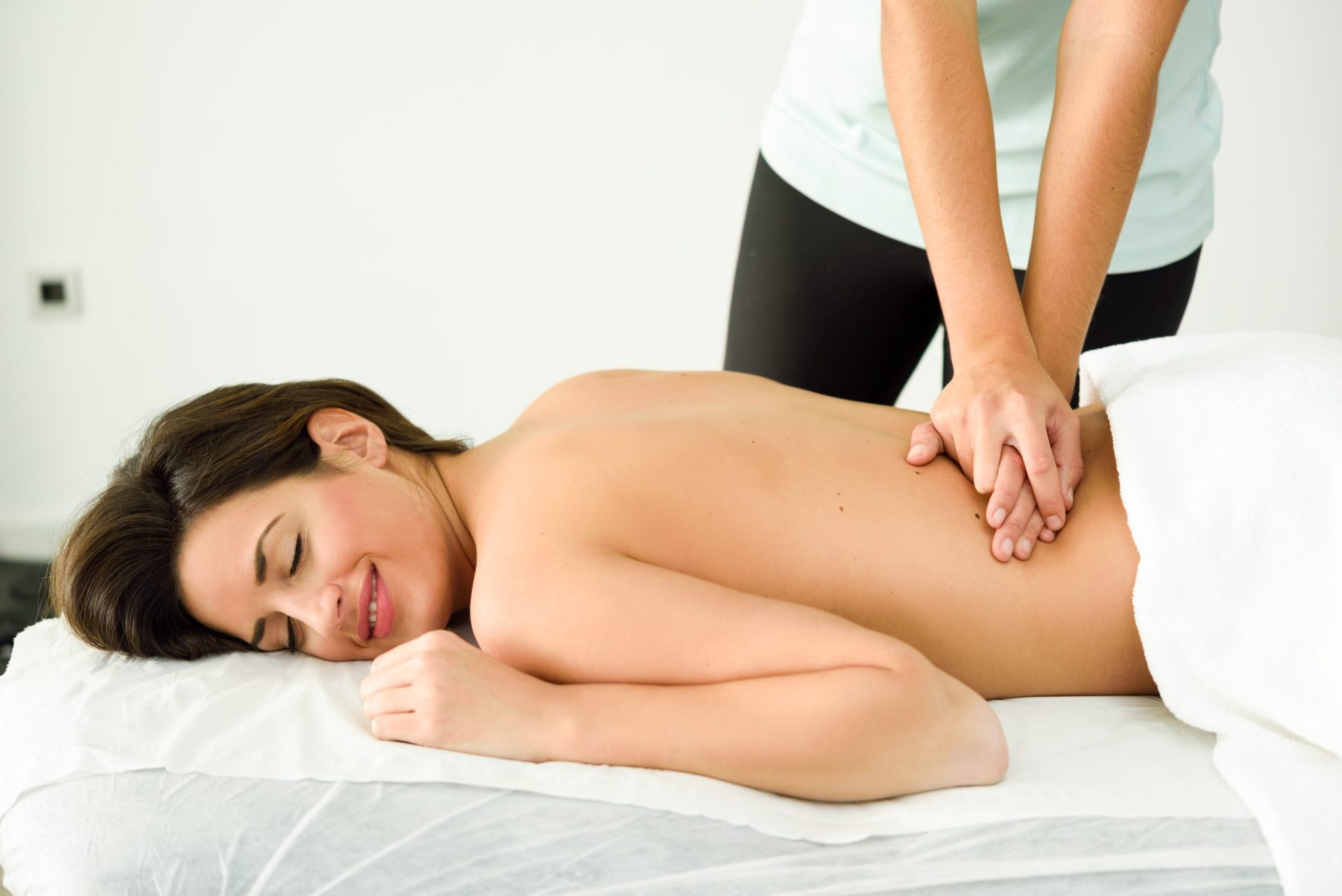
Choosing a qualified massage therapist
Selecting a well-trained and licensed massage therapist is vital to ensure you receive appropriate care. Look for therapists experienced in treating lower back pain and consider reading reviews or seeking recommendations from trusted sources.
Communicating your pain and preferences
Clearly communicate your lower back pain symptoms, medical history, and any specific preferences or concerns to the therapist. This information helps them customize the massage techniques and intensity according to your needs.
Pre-massage preparations and considerations
Prepare for the massage by wearing comfortable and loose-fitting clothing. It’s advisable to avoid eating a heavy meal just before the session. Lastly, discuss any allergies or sensitivities you may have with the therapist.
6. The Process of a Lower Back Massage
A typical lower back massage session follows a structured process that ensures optimal results. Here is a step-by-step guide to help you understand what to expect during your session:
- Consultation and assessment: The therapist will discuss your lower back pain symptoms, medical history, and specific goals. They may perform a physical assessment to identify areas of tension or discomfort.
- Preparing the massage area: You will be guided to a private room with a comfortable massage table. The therapist will provide privacy for you to undress to your comfort level and lie down on the table, covered with a sheet or towel.
- Application of oil or lotion: The therapist will apply a small amount of oil or lotion to the lower back area, allowing their hands to glide smoothly over your skin during the massage.
- Techniques and strokes: The therapist will use a combination of techniques discussed earlier, such as Swedish massage, deep tissue techniques, or targeted trigger point therapy. They will focus on the lower back area, paying attention to specific muscles and areas of tension.
- Duration and frequency: A typical lower back massage session lasts around 60 minutes, but this can vary depending on the individual and their preferences. For chronic or severe lower back pain, multiple sessions may be recommended over a span of several weeks.
7. Self-Massage Techniques for Lower Back Pain
While professional massage therapy is beneficial, it may not always be readily accessible. In such instances, self-massage techniques can provide temporary relief from lower back pain. Here are some effective methods you can try:

Gentle stretching exercises
Performing gentle stretching exercises that target the lower back can help relieve muscle tension and increase flexibility. Consult with a healthcare professional or a qualified trainer to learn appropriate exercises for your specific condition.
Foam rolling techniques
Using a foam roller can help release muscle knots and tightness in the lower back. Lie down on the foam roller and roll it along the length of your lower back, focusing on areas of discomfort. Be cautious and apply only as much pressure as you can tolerate.
Using massage tools for self-massage
Various massage tools, such as massage balls or handheld massagers, can aid in self-massage. These tools allow you to target specific areas of your lower back and apply pressure according to your comfort level.
8. Safety Precautions and Contraindications
While massage therapy is generally safe and beneficial for most individuals, certain precautions should be taken into account. Here are some safety considerations and contraindications for lower back massage:
When to avoid or modify lower back massage
If you have certain medical conditions such as fractures, open wounds, severe osteoporosis, or deep vein thrombosis, it is advisable to avoid lower back massage or modify the techniques used. Additionally, if you experience any pain or discomfort during the massage, inform the therapist immediately.
Conditions or situations where caution is advised
If you are pregnant, have recently undergone surgery, or have a history of certain medical conditions, it is crucial to consult with your healthcare provider before receiving a lower back massage. They can provide guidance based on your specific circumstances.
9. Frequently Asked Questions
FAQ 1: Can massage completely cure lower back pain?
While massage therapy can provide significant relief from lower back pain, it may not completely cure the underlying causes. It is advisable to seek comprehensive care that addresses the root cause, such as medical evaluation, physical therapy, or lifestyle modifications.
FAQ 2: How long does it take to experience relief from lower back pain through massage?
The duration of relief varies depending on individual factors, the severity of the pain, and the frequency of massage sessions. Some individuals may experience immediate relief, while others may require multiple sessions to notice significant improvements. Consistency and regularity in receiving massage therapy can contribute to longer-lasting results.
FAQ 3: Are there any side effects of lower back massage?
When performed by a qualified therapist, a lower back massage is generally safe. However, some individuals may experience mild side effects such as temporary soreness, redness, or bruising. If you have any concerns or experience unusual symptoms, consult your therapist or healthcare provider.
Lower back pain can significantly impact one’s daily life, causing discomfort, restricted movement, and reduced quality of life. Massage therapy offers a holistic approach to alleviating lower back pain, promoting relaxation, reducing muscle tension, and improving overall well-being. By understanding the causes, benefits, techniques, and safety considerations associated with lower back massage, individuals can make informed decisions and take steps toward a pain-free life. Incorporating self-massage techniques, practicing post-massage care, and integrating massage with other therapies can further enhance the effectiveness of lower back pain management. So, why not embark on the journey of healing and embrace the power of lower back massage today?
This article is intended as an informative reference and to explore the nuances and techniques of lower back massage. Note that full-body massages at L Spa include a segment that focuses on the lower back. Dedicated, targeted treatments are also available upon request. To learn more about all our available services, please visit the L Spa Da Nang website.

